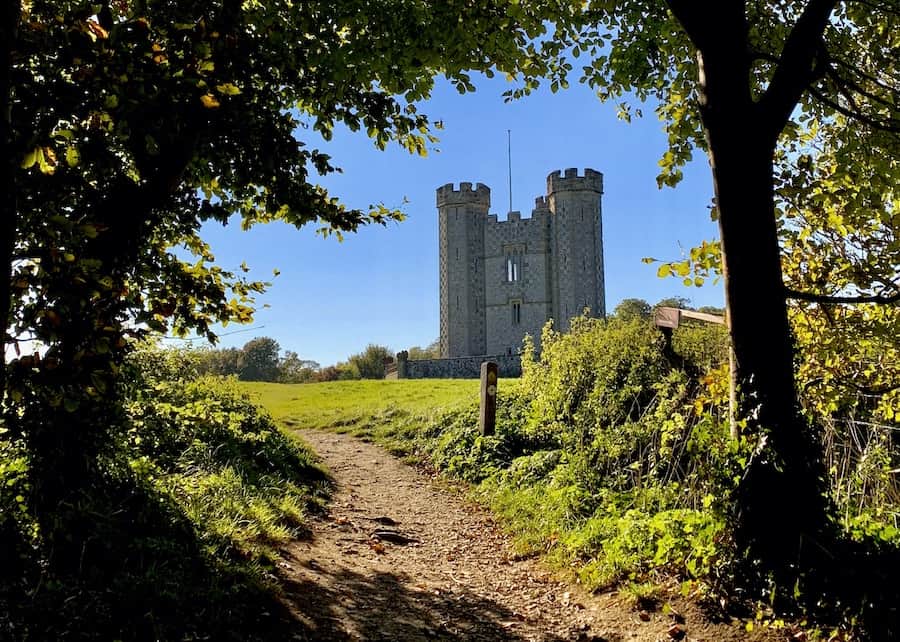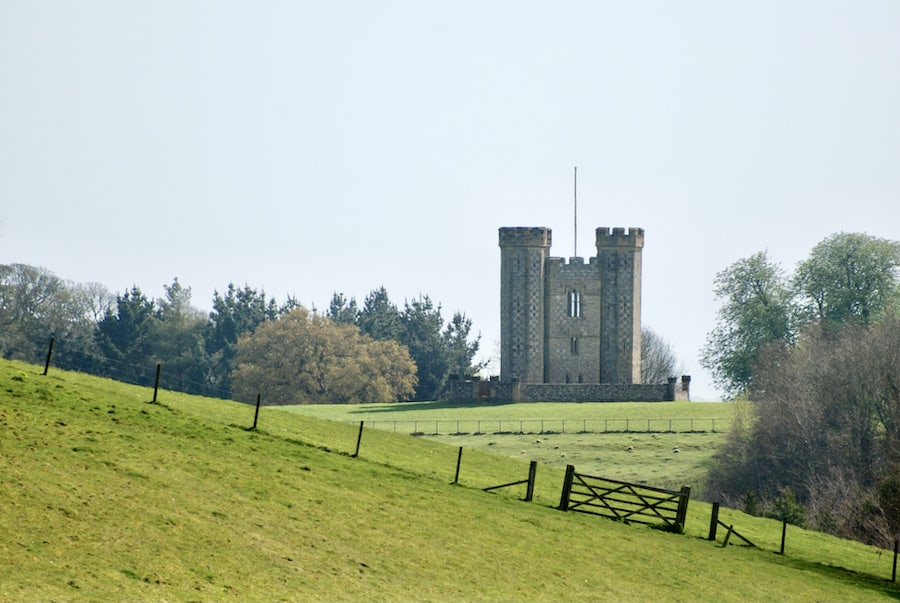Tourist header template
- Home
arrow_drop_down
- What’s On
arrow_drop_down
- Where To Stay
arrow_drop_down
- Things To Do
arrow_drop_down
- Eat & Drink
arrow_drop_down
- Shopping
arrow_drop_down
- Plan Your Visit
arrow_drop_down
- Local Businesses
arrow_drop_down
- Business Support
arrow_drop_down
- Local Directory
arrow_drop_down
- Estate & Lettings Agents & Architects
- Health, Beauty & Wellbeing
- Home & Gardening Services
- Photographers, Fashion & Lifestyle
- Retirement, Care & Funeral Services
- Travel, Holidays & Languages
- Tradesman, Builders and Property Services
- Vehicle Repairs, Storage, Hire & Taxi Services
- Weddings, Events & Entertainment
- Business Support
Insider tips for walks to enjoy and things to discover in and around Arundel
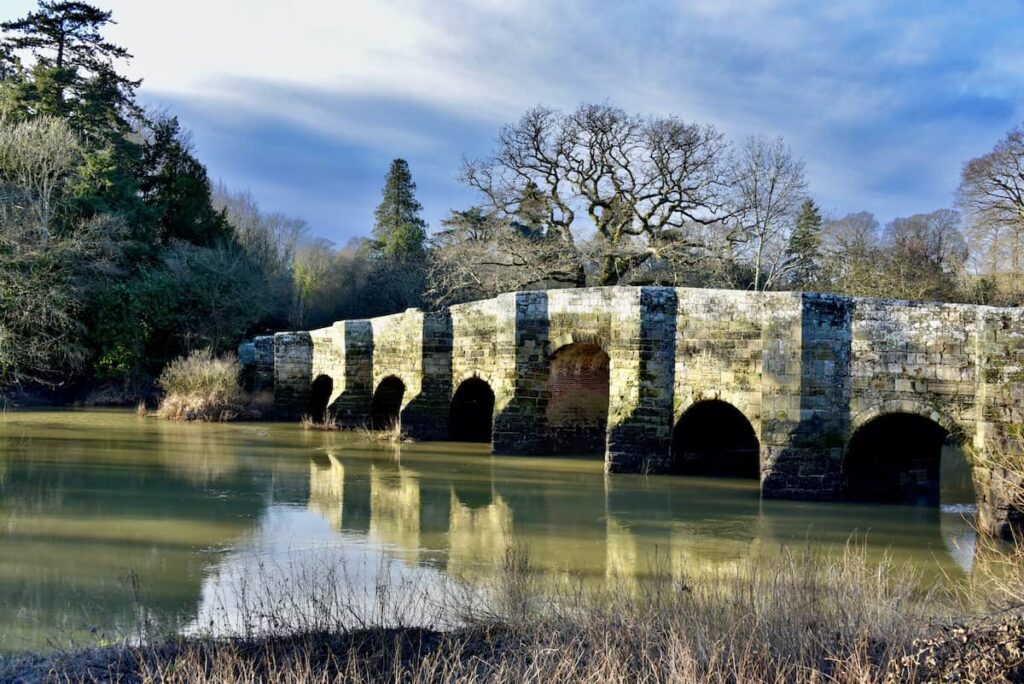
Discover hidden secrets with Auntie Barb in our local area. Born and bred in Sussex, Auntie Barb tells forgotten tales about hidden gems and things you should know when walking through our countryside.
Explore hidden Arundel – and discover the tallest job application ever!
When was the last time you looked up in Arundel High Street? Try it next time you’re in town. You will see a chequerboard design and an anvil on the rooftops on the east side of Arundel High Street. These were trade signs to direct customers to, respectively, the gunsmiths and the ironmongers.
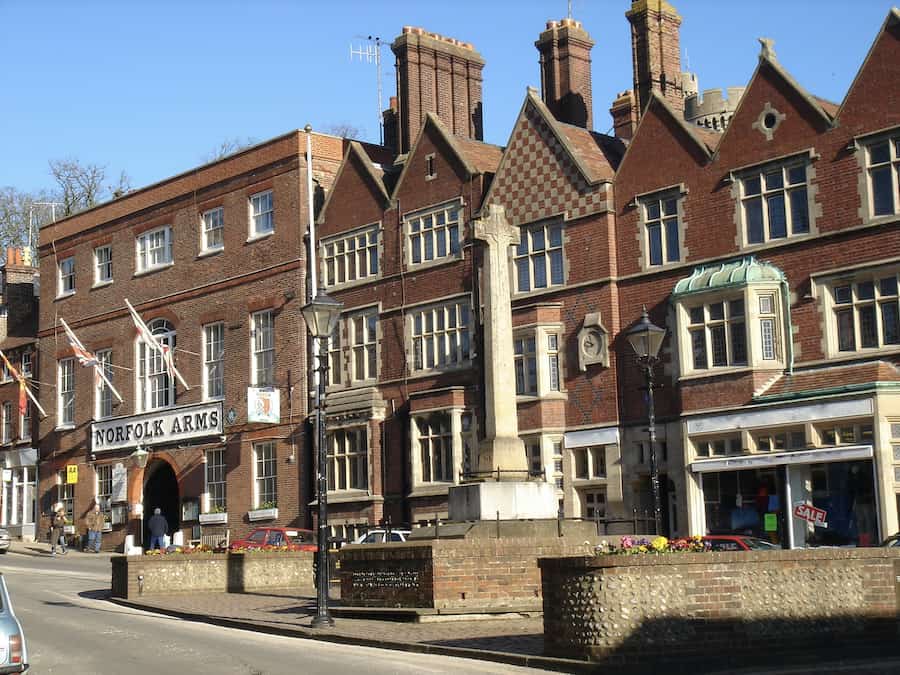
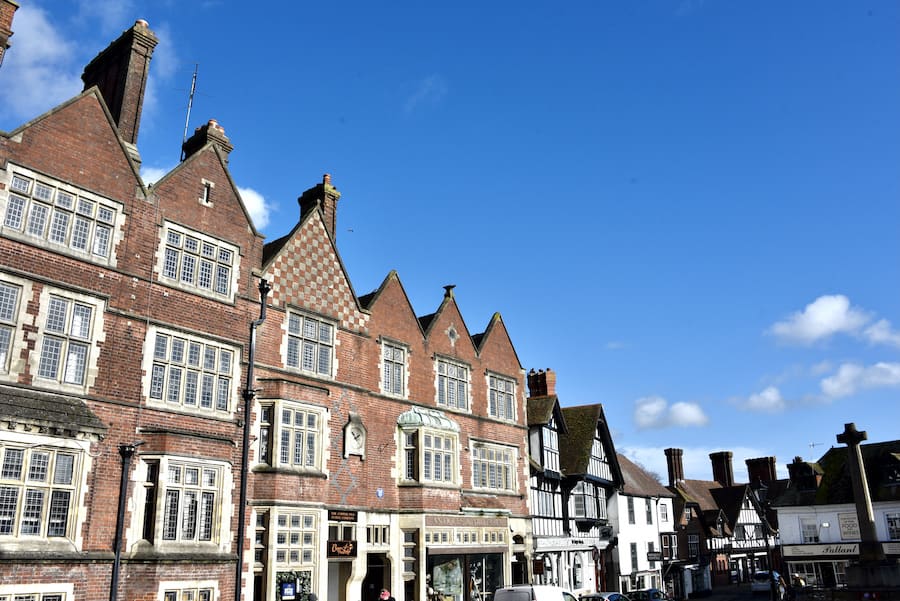
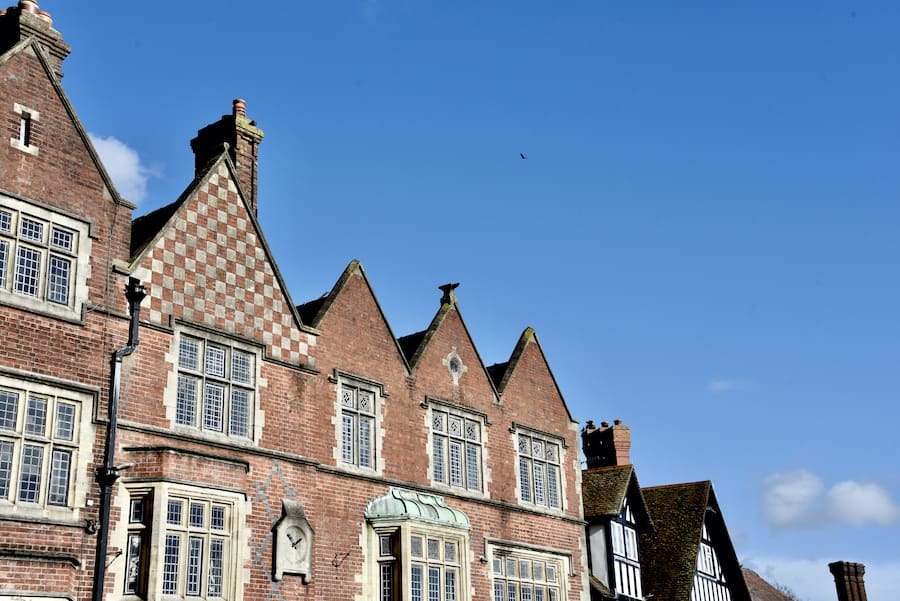
How many turrets can you see on the Hiorne Tower in Arundel Park, above Swanbourne Lake? At first glance, it looks like the tower has four turrets, but that’s an optical illusion – it has just three. The Hiorne Tower is possibly the most elaborate job application – ever! It was designed and built in 1787 by the architect Francis Horne to show the Duke of Norfolk how he would rebuild Arundel Castle. Whether the Duke disliked the design or his death two years later prevented him from employing Mr Horne is still a subject of debate. Next time you walk past the Hiorne Tower, look at the ancient urn at the front of the tower. The inscription reveals its origins…
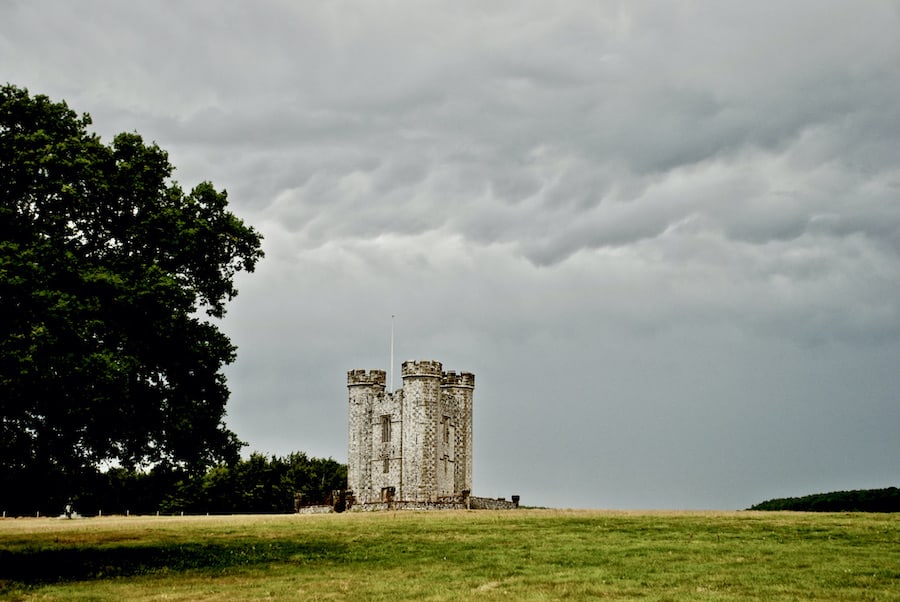
A wonderful walk from Arundel
Just north of Pulborough, off the A29, you can find another folly. The Toat Monument, which stands an impressive 40ft high, is undoubtedly a proper memorial for Samuel Drinkwater who in 1823 fell of his horse and died.
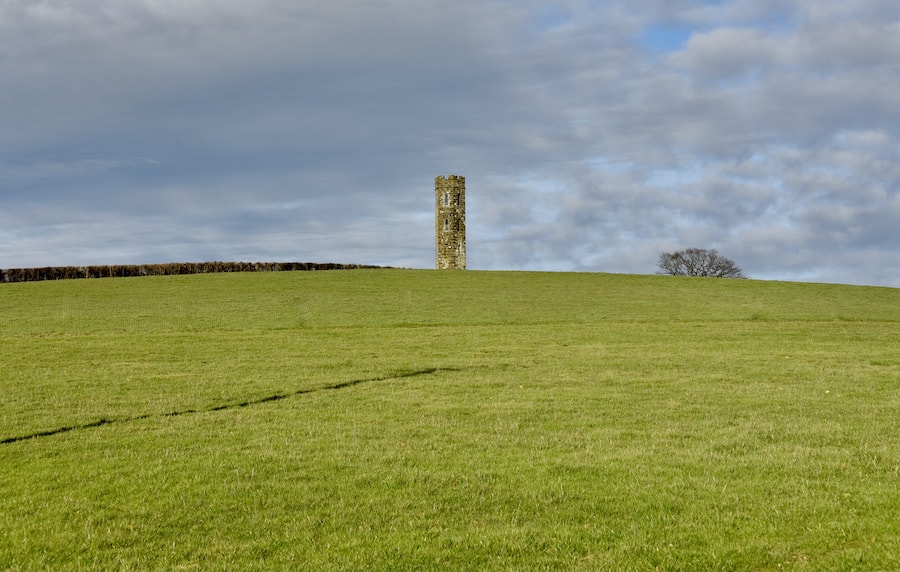
If you head out of Arundel on the A29, just a few hundred yards past the sign for West Burton, you will find a footpath. Climb over two stiles and to the right of the path you will find the memorial tablet for Fred and Winifred Hughes. The view below looks over their farm, and I am always moved by the beautiful words on the stone. Why don’t you go and read them for yourself? See if they make you feel as I do whenever I go to this wonderful spot.
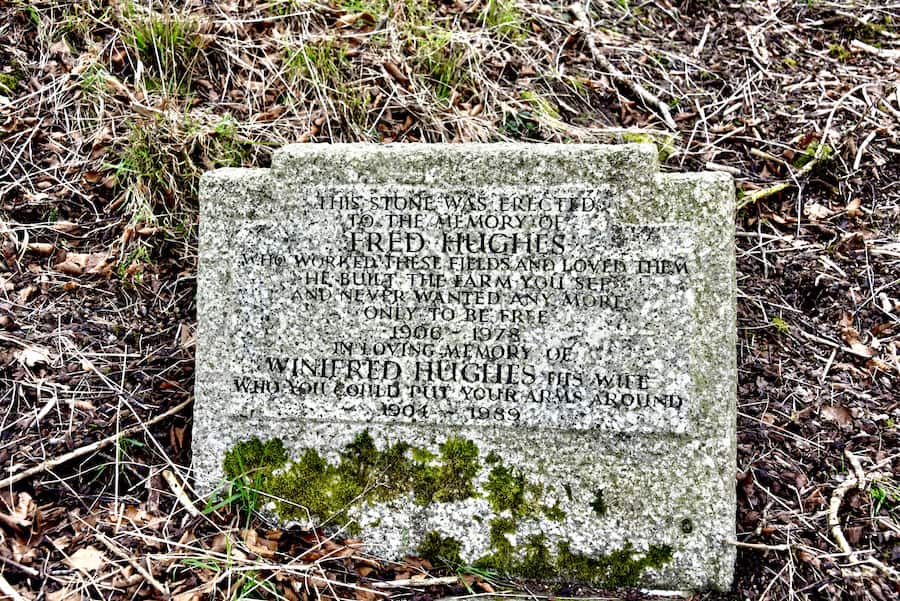
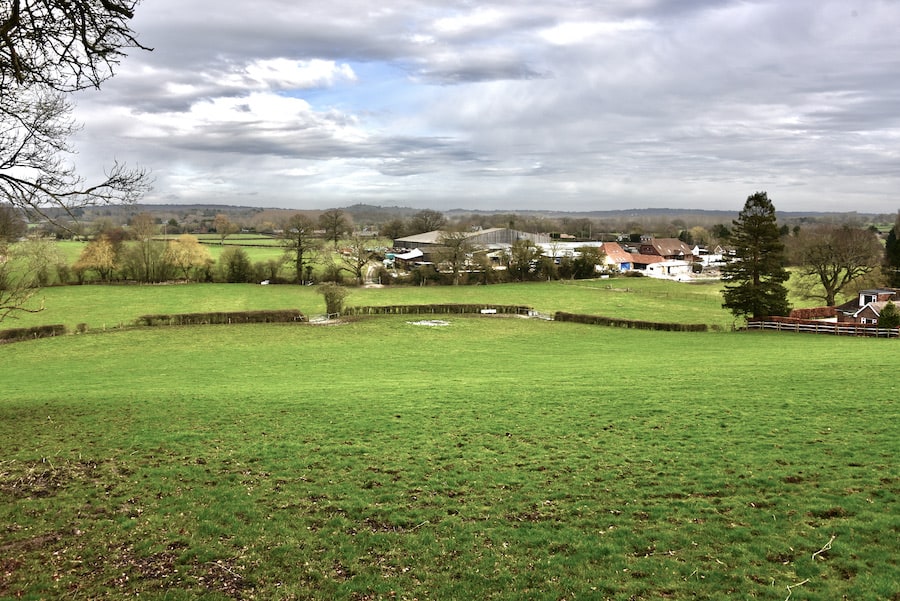
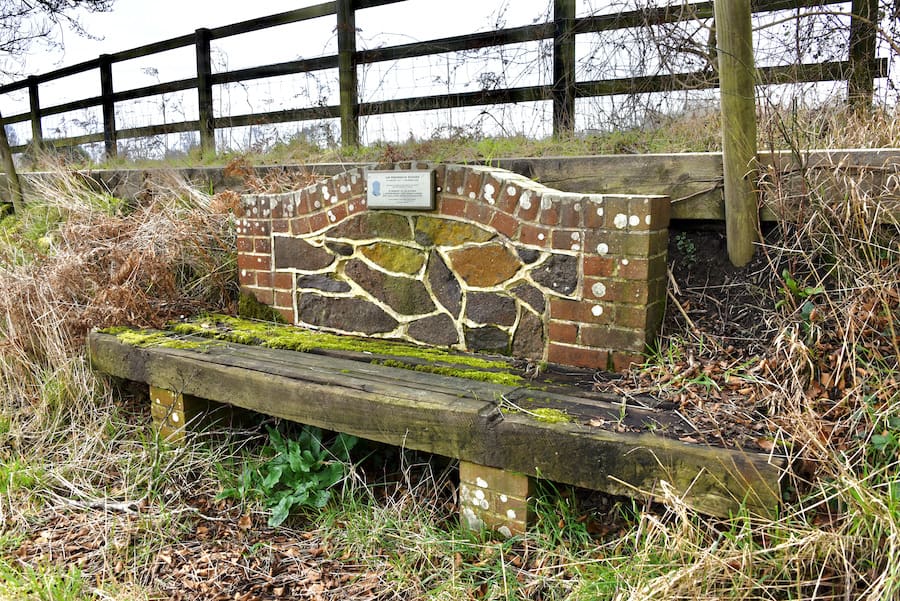
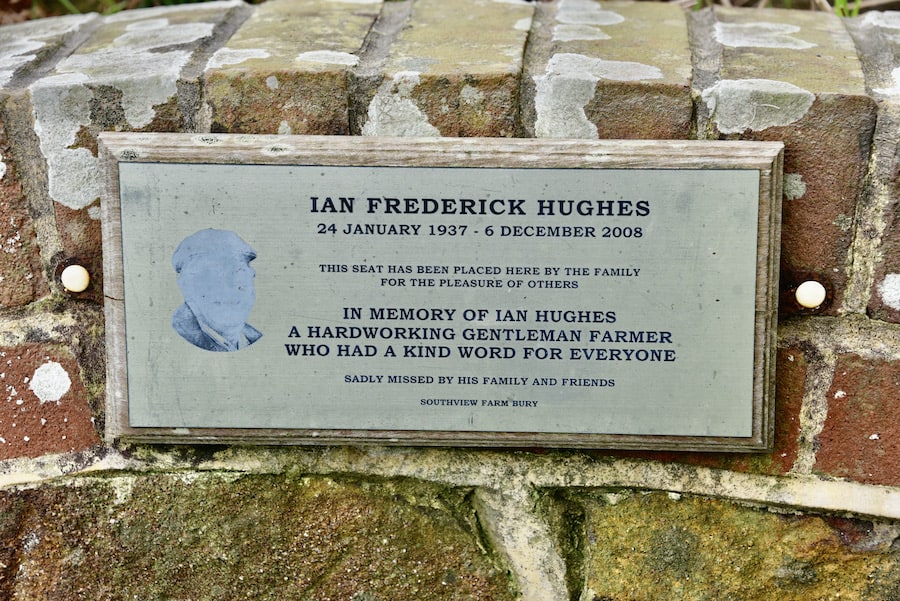
Along the River Arun, you will find the incredibly beautiful Stopham Bridge, which was built in 1423. Have a look at the middle arch of the bridge – it’s higher than the others. This is so that masted boats could sail beneath Stopham Bridge and travel up the river to join the Wey and Arun Canal nearby.

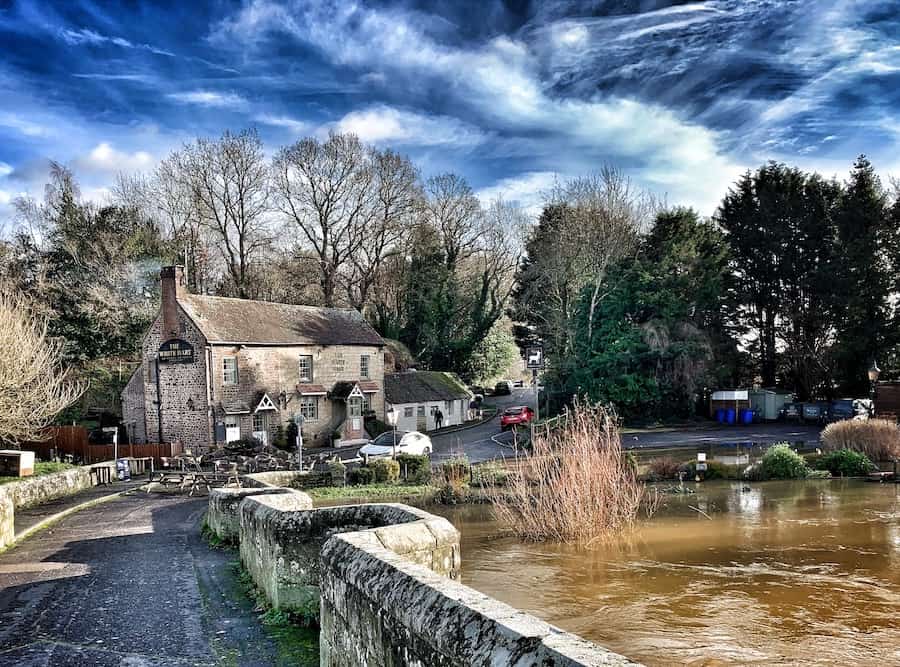
In Hardham Church, you can see the amazing medieval paintings on the church walls. There are so many images to gaze at, and it is lovely to think that they have survived for hundreds of years and are still clearly visible for visitors to enjoy.
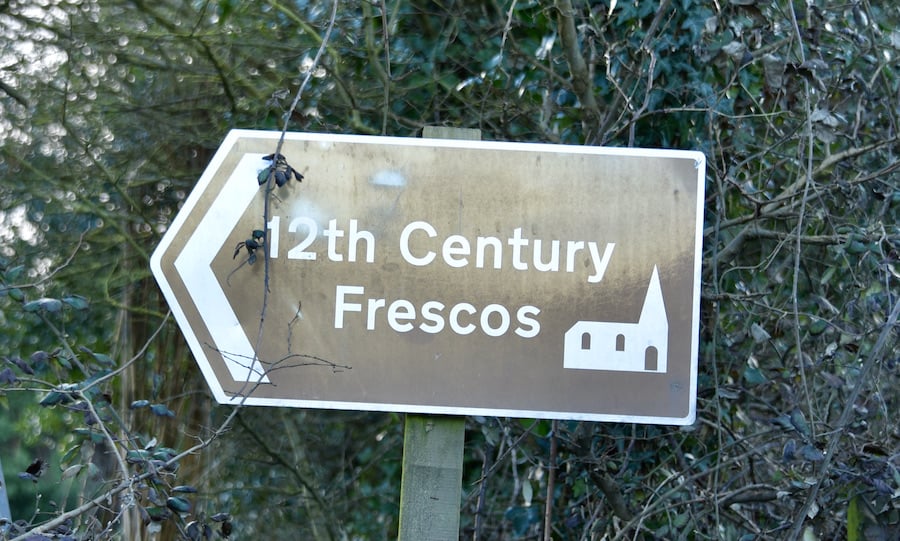
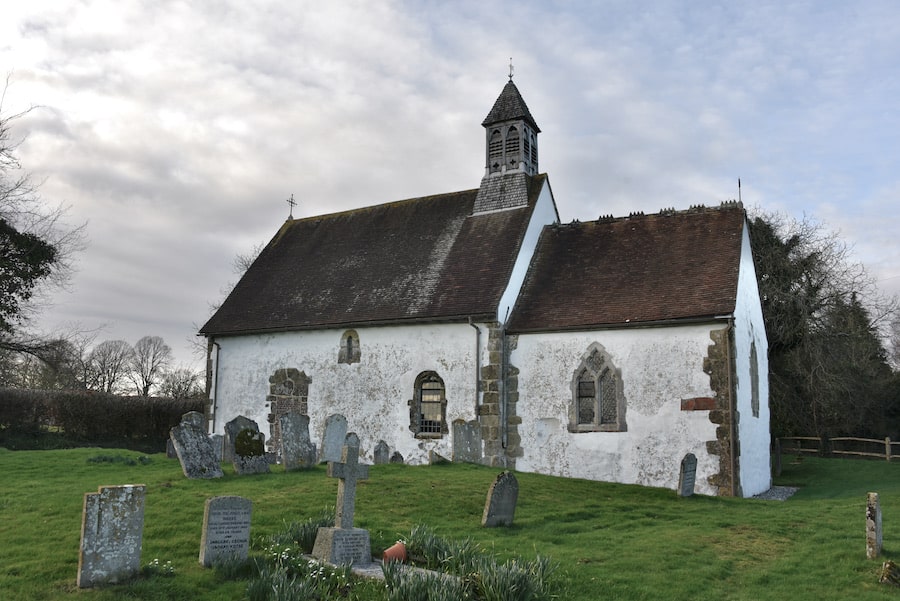
Explore Slindon – you’re in for a surprise!
You can also visit a folly in Slindon village. The Nore folly is reached by a public path. In the late 18th century, the Earl of Newburgh would entertain his shooting guests here for lunch. In those days, the folly had a thatched roof. Look behind one of the pillars, and you will see the footings in the flint where this roof was once supported.
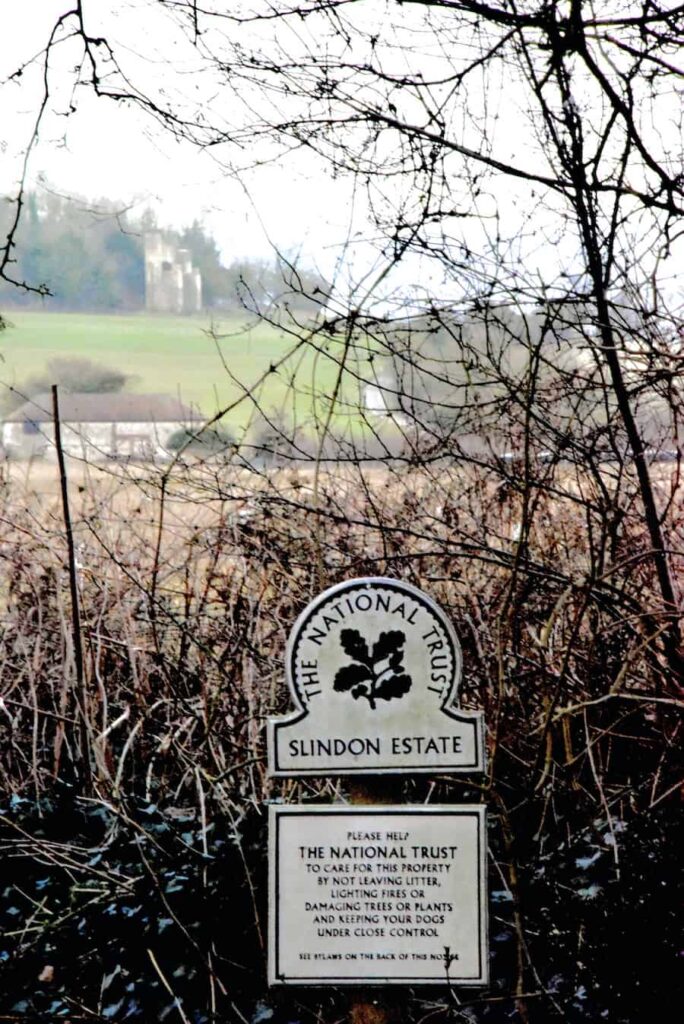
While in Slindon, take time to see the only wooden effigy to be found in West Sussex. It is an effigy of Sir Anthony St. Leger, who died in 1539. The effigy shows the late Sir Anthony wearing plate armour with his head resting on his helmet. There’s one detail that really draws your eye… his codpiece. Or rather the size of his codpiece. It has to be seen to be believed!
Explore Poling – for 281-year-old wisdom!
In the beautiful village of Poling, the church of St. Nicholas is definitely worth a visit – if only for the churchyard. The graves that surround the pre-Norman conquest church feature the stories of souls lost over centuries. One of my favourites is Alice Woollridge’s gravestone, who died in 1740. The inscription on her grave begins, “The World is a round thing and full of crooked streets…”. How true! You will have to visit for yourself to read the rest.
Inside St. Nicholas church, you can see the only surviving poor box in West Sussex. Before charity for the less fortunate was organised by societies and public authorities, poor boxes were used to collect donations that were then distributed to those in need. This one, which is bound with iron, is dated on top – 1285. The stone on top of the poor box has been carved by a mason – but I’m not sure he knew how to spell!
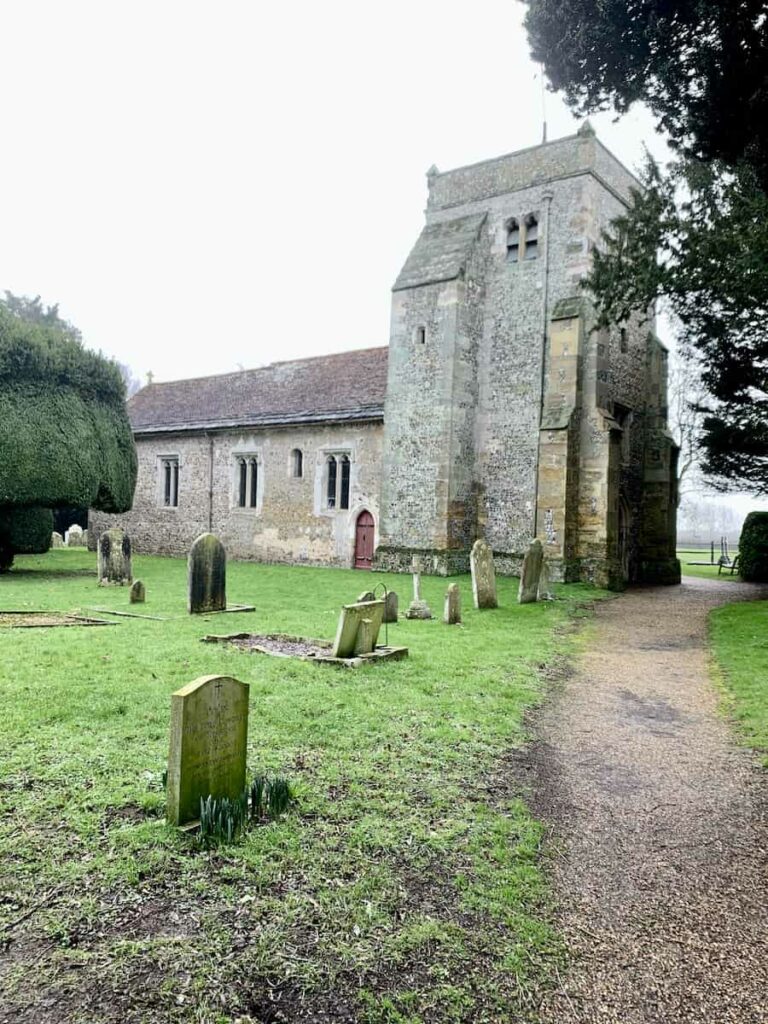
Explore Climping – discover hidden treasures!
If you enjoy walking along Climping Beach, then take the time for a quick detour one day – destination St. Mary’s Church, Climping. In St. Mary’s, you can discover a treasure that dates from circa. 1220. The Crusader Chest is beautifully carved and still has its original iron bands. During the Crusades, these chests were in every Parish church, where they were used to collect arms, equipment and money. Don’t miss the church’s Norman door, with its unusual designs and the distinctive tower window moulding.
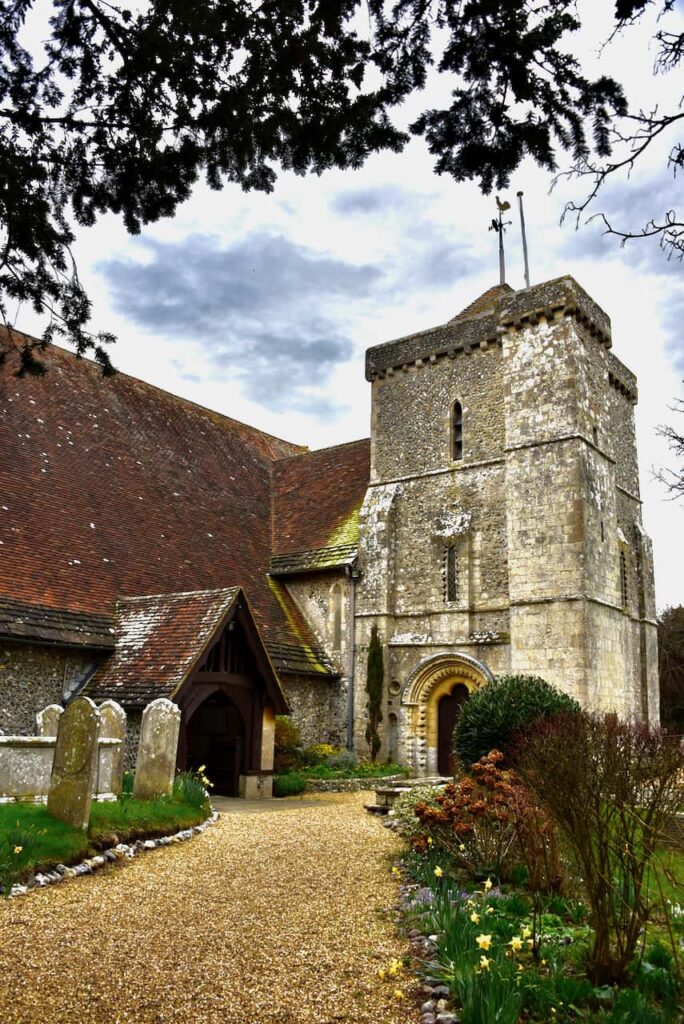
Written by Barb Hogan, Visit Arundel
Photos by Charlie Waring
